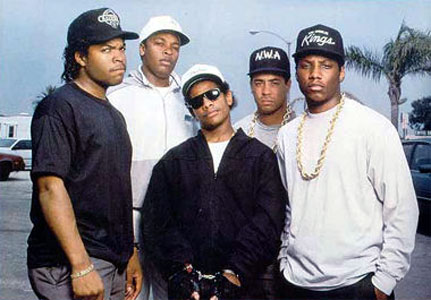From Boston Review:
The book, however, that accounted most fully for the ’50s’ near-morbid desire for security at any price, had been written a decade earlier by the émigré psychoanalyst Erich Fromm. Escape from Freedom (1941), rooted in a European intellectual thought that had been heavily influenced by the work of both Karl Marx and Sigmund Freud, brought social psychology to the United States where, in the years ahead, it flourished wildly. The book launched its author on one of the most celebrated careers that any public intellectual, anywhere, has ever achieved.
Erich Fromm was born in 1900 in Frankfurt, Germany, into a lower-middle-class Jewish family that was nominally Orthodox. While Fromm never became religious, very early he fell in love with Judaism’s great book of wisdom, and for years wished only to become a student of the Talmud. At the same time, on the verge of teenaged life, he came under the influence of an employee of his father, who introduced him to the work of Karl Marx. Then came the First World War, which, in later years, Fromm labeled “the most crucial experience of my life.” His newest biographer, historian Lawrence J. Friedman, tells us in The Lives of Erich Fromm: Love’s Prophet that when the war was over the eighteen-year-old Fromm remained “obsessed by . . . the wish to understand the irrationality of human mass behavior.” By Fromm’s own accounting, these three strands of influence—Talmudic ethics, Marxist socialism, and the psychological power of unreason—shaped his intellectual life.
More here.

